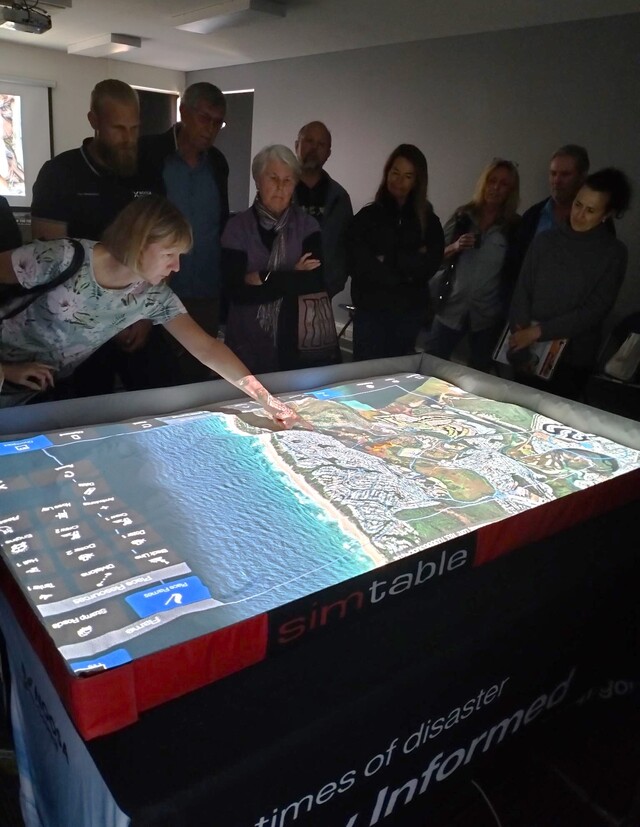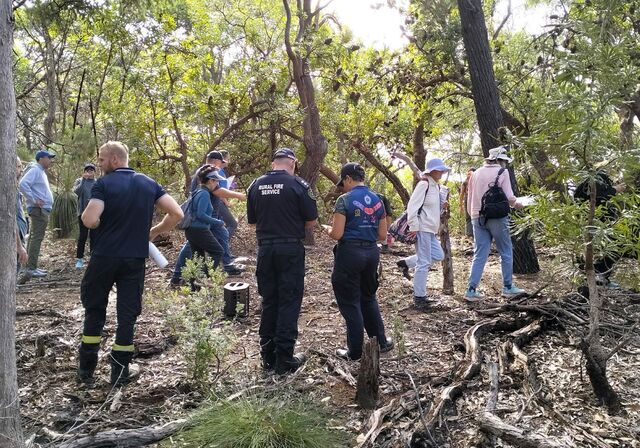Fire is a powerful force that can be beneficial and devastating.
While it’s been more of a foe than a friend in Noosa in recent years, a workshop at The J on 4 July delivered some vital reminders to residents why understanding and working with fire is crucial to keeping our landscapes healthy and our community safe.
Hosted by Healthy Land and Water’s fire ecologist Dr Hannah Etchells, the bushfire mitigation experts from Queensland Fire Department (QFD) and Noosa Council’s Disaster and Fire Management team, the workshop had a clear theme – that fire isn’t simply destructive and when managed correctly it renews soils, promotes diverse plant life and reduces the risk of catastrophic blazes.
“One of the key things we want our community to learn is that ecosystems have adapted over thousands of years to regular, low intensity burns and carrying out these controlled burns is vital to reducing the risk of the destructive fires we dread,” Dr Etchells said.
Workshop attendees heard from QFD about hazard prevention and mitigation advice before being treated to a simulated controlled burn of Girraween Nature Reserve via Council’s disaster Simtable. The group then travelled to the site to see how fire practitioners prepare for planned burns.
“To provide a deeper understanding of how important the right fire regimes are in keeping our bushland healthy, we took the group to Girraween Nature Reserve to show real life examples of fuel loads, ecosystem health and monitoring” Dr Etchells said.
“We were joined by the same fire experts from QFD, Council and Queensland Parks and Wildlife rangers who gave insights on how to spot fuel hazards and see fire ecology in action. This came in the form of incredible plant adaptations and how thousands of years of fire had shaped this beautiful piece of bush,” she said.
A controlled cool burn was carried out in Girraween Nature Reserve only days after the workshop – putting theory into practice.
“By carefully burning undergrowth in small patches, crews reduced fuel levels around homes and trails—simultaneously protecting property and nurturing the forest’s natural cycle. It’s exactly the kind of balance our community must strive for,” Noosa Council Disaster Resilience Officer Ian Williams said.
“Workshops like these don’t just inform; they empower us to be active stewards of our landscape,” he said.
To ensure you’re prepared for fire and other natural disasters, head to the Disaster Dashboard on Council’s website and download the Noosa Emergency Action Guide.








